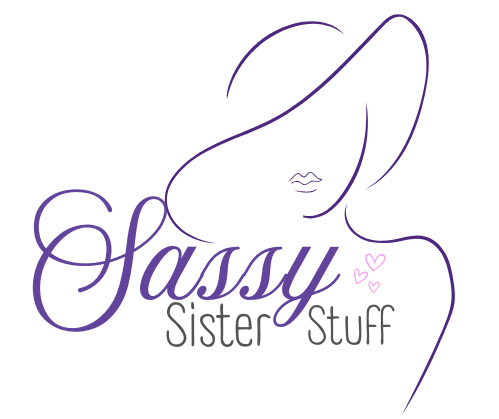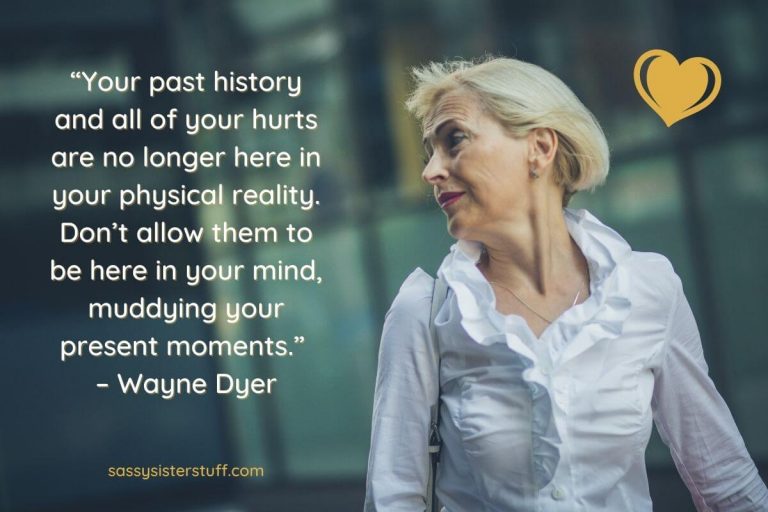15 Things That Have Radically Changed in 20 Years
Twenty years might not seem like a long time, but the world has changed incredibly over that time. From how we communicate to how we live and work, so much is different compared to two decades ago.
Here are 15 things that have dramatically changed our lives, showing how far we’ve come in 20 years.
Smoking in Public Places

Two decades ago, smoking indoors or in public spaces was commonplace. Restaurants, bars, and even workplaces allowed smoking without much thought to the health implications. Today, with widespread awareness of the dangers of secondhand smoke, public spaces are smoke-free zones. This shift has created healthier environments for everyone.
Gender Stereotyping

Traditional gender roles were deeply ingrained in society, with rigid expectations for men and women. Men were expected to be tough providers, while women were often confined to caregiving roles. Now, these stereotypes are being dismantled, making space for people to express their identities authentically. This evolution has opened doors for equality and inclusivity.
Offensive Language

Derogatory terms and slurs were used casually in everyday conversations. Many people didn’t think twice about how hurtful or harmful these words could be. Today, there’s a heightened awareness of the power of language and its ability to harm or heal. Society’s shift toward more respectful communication reflects growing empathy.
Catcalling
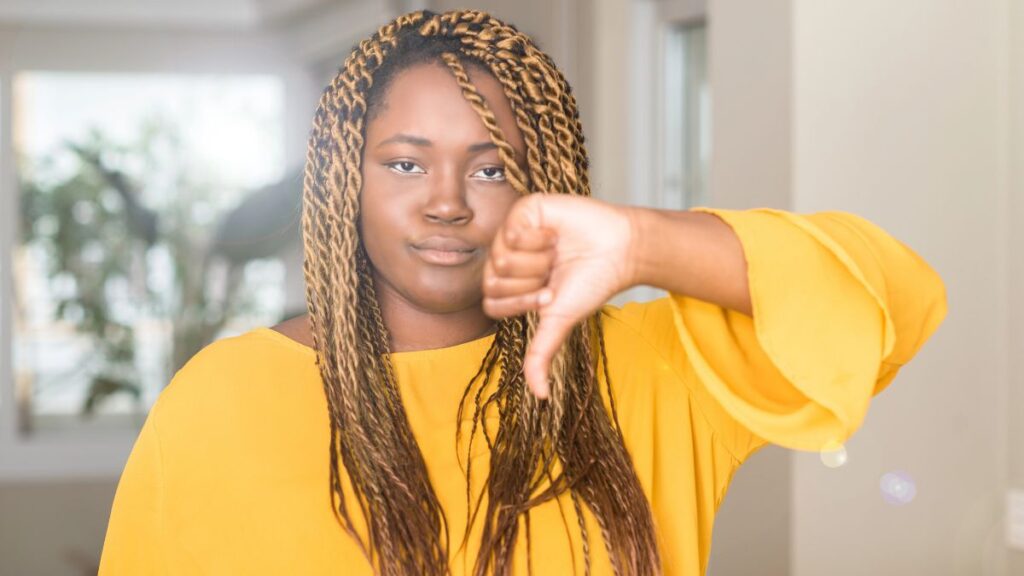
What was once brushed off as harmless “flirting” is now recognized as street harassment. Women often endured unsolicited comments and attention while walking in public. Today, awareness campaigns have highlighted the negative impact of catcalling, promoting respect and consent in public spaces. People deserve to move freely without fear or discomfort.
Casual Racism
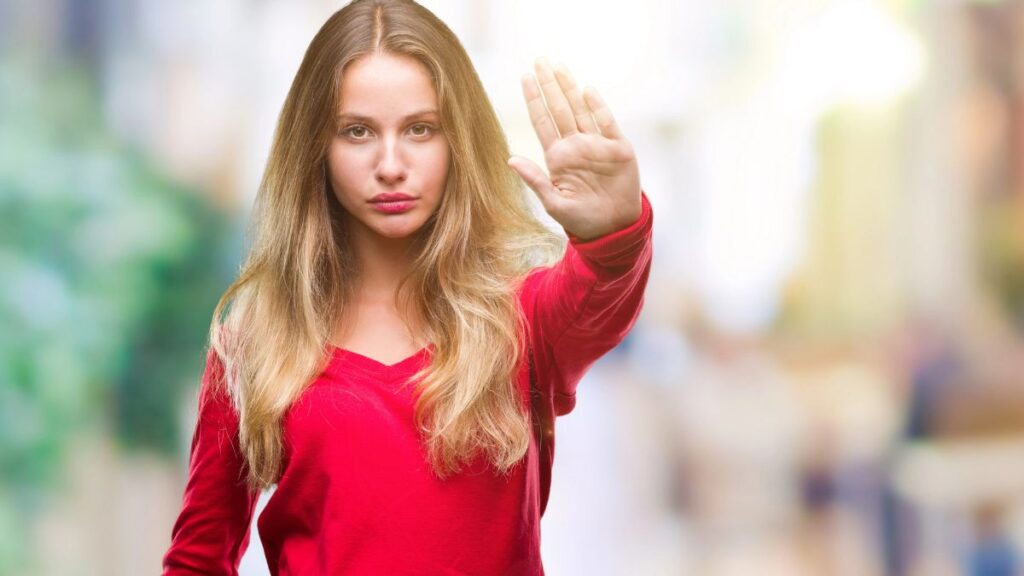
Racially insensitive jokes or comments were often dismissed as humor in the past. These behaviors perpetuated harmful stereotypes and excluded marginalized communities. Now, there’s greater awareness of the importance of racial equity and respect. Such comments are no longer tolerated, reflecting progress in social attitudes.
Body-Shaming

Comments about weight or appearance were once seen as harmless teasing. This behavior contributed to widespread negative body image and self-esteem issues. Today, the focus has shifted toward body positivity and acceptance. Society now promotes celebrating diversity in all shapes and sizes.
Lack of Inclusivity in Media Representation

Media from two decades ago largely showcased homogenous perspectives and narratives. Marginalized voices and stories were often excluded or stereotyped. Today, there’s a concerted effort to include diverse representation in entertainment and news. This change has brought fresh, authentic stories to audiences around the world.
Stigmatization of Mental Health

Mental health struggles were often dismissed or misunderstood, leading to silence and stigma. People felt ashamed to seek help, fearing judgment or discrimination. Now, mental health is openly discussed, with more resources and support available. Society is working to normalize seeking help and prioritizing emotional well-being.
Lack of Consent Education

Consent was rarely talked about openly, leading to misunderstandings and harmful behavior. Many people didn’t understand the importance of clear, mutual agreement in relationships. Today, consent education is a cornerstone of conversations about respect and healthy boundaries. This progress is critical for building safer and more equitable interactions.
Cultural Appropriation

Borrowing elements from other cultures without understanding their meaning was often seen as trendy. These practices disregarded the significance of cultural symbols and traditions. Now, society recognizes cultural appropriation as harmful and disrespectful. The focus has shifted to appreciation and learning about other cultures with care and understanding.
Homophobic Remarks
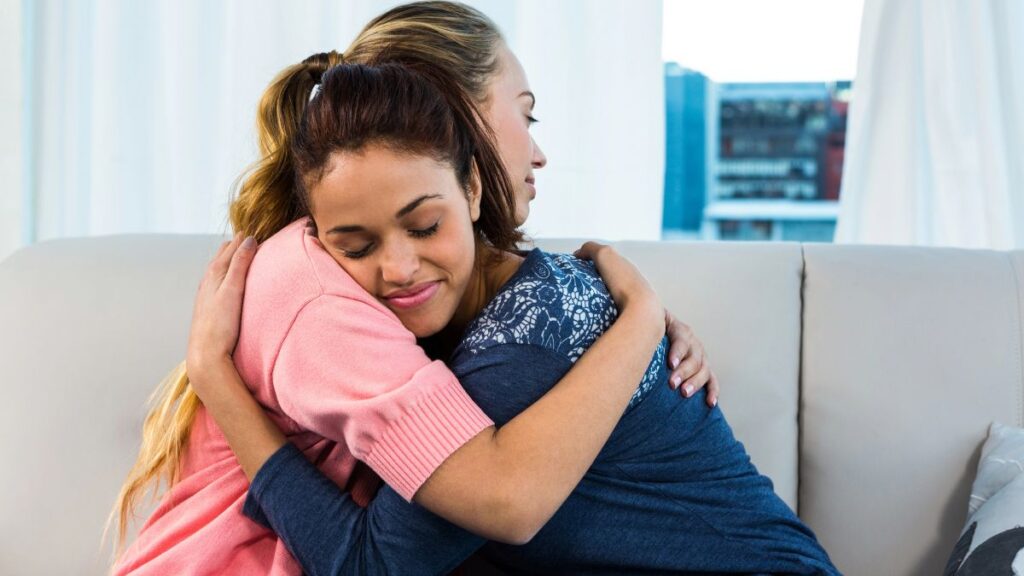
Homophobic language and attitudes were more accepted two decades ago, contributing to exclusion and discrimination. These behaviors created barriers for LGBTQ+ individuals to live openly and authentically. Today, there’s greater advocacy for LGBTQ+ rights, and homophobic remarks are widely condemned. Society is moving toward more inclusive and supportive environments.
Lack of Environmental Awareness

Environmental protection wasn’t a priority for many people 20 years ago. Recycling and sustainability were barely on the radar, and wastefulness was common. Now, eco-friendly practices like using reusable products and reducing carbon footprints are mainstream. Protecting the planet has become a shared goal across generations.
Gender Pay Gap

The wage gap between men and women was starkly apparent two decades ago. Women earned significantly less for the same work, with little accountability for the disparity. While progress has been made, equal pay and workplace equity remain ongoing challenges. The fight for fairness continues with growing momentum.
Corporal Punishment

Physical discipline was widely accepted as a method of raising children. Over time, research revealed the negative emotional and psychological effects of such practices. Today, positive parenting techniques that prioritize emotional health are becoming the norm. This change reflects a deeper understanding of children’s well-being and development.
Non-Inclusive Language

Terms like “mankind” or using “he” as a default pronoun were standard in everyday speech. These language choices excluded many people and reinforced traditional gender norms. Today, inclusive language is encouraged to respect diverse identities and perspectives. This small but significant change fosters a sense of belonging for everyone.
Related: 20 Brutally Honest Reasons Women Walk Away from Relationships

Relationships can be complex and demanding, requiring effort, understanding, and mutual respect to thrive. However, there are times when women decide to leave, often due to a myriad of reasons that can be deeply personal and revealing.
